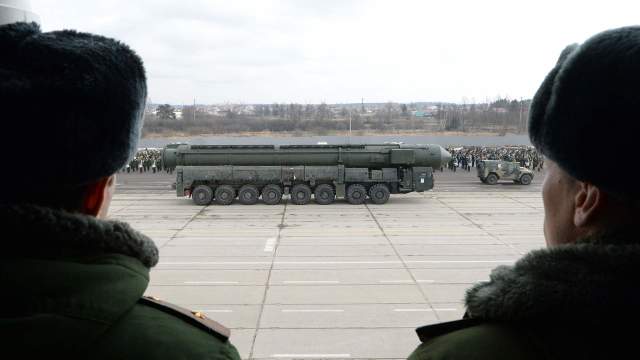The Armed Forces of the Russian Federation conducted a training launch at the Kura landfill
On the evening of October 25, Russian troops launched a training launch of the Yars intercontinental ballistic missile. The launch took place from the Plesetsk cosmodrome in the Arkhangelsk region at the Kura test site in Kamchatka. Details are in the material of Izvestia.
Training of nuclear deterrence forces: what you need to know
The training of strategic deterrence forces began in Russia on Wednesday, October 25. The nuclear triad — land, sea and aviation units — trained under the leadership of Russian President Vladimir Putin. At the beginning of the maneuvers, the head of state heard a report by Russian Defense Minister General of the Army Sergei Shoigu on their conduct.
In addition to the Yars, a Sineva ballistic missile was launched from the Tula submarine to Kamchatka during training. And long-range Tu-95MS bombers fired back with cruise missiles.
As Sergei Shoigu explained, it was not aggression that was being trained, but massive retaliatory actions by strategic nuclear forces against a possible enemy nuclear strike.
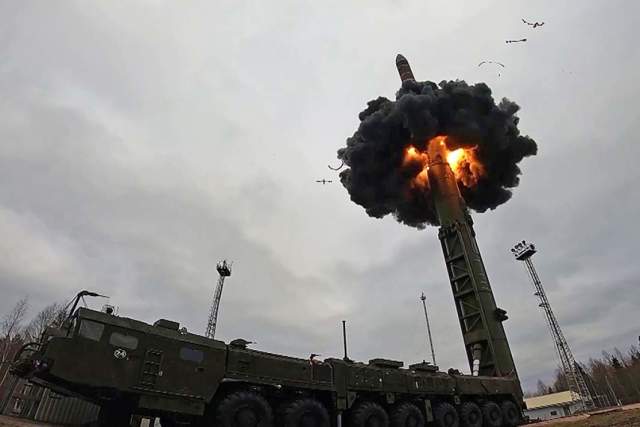
Launch from the Yars mobile ground-based missile system
Image source: Photo: TASS/press service of the Ministry of Defense of the Russian Federation
The fact that the exercises were commanded directly by the president confirms that the combat control system was being worked out, Dmitry Kornev, editor of the Militaryrussia portal, explained to Izvestia. According to him, the president and the head of the Defense Ministry should simultaneously press the appropriate buttons and the combat control system will bring these orders to launchers, submarines and aircraft.
During the training, a unified combat control system was worked out, and the event itself, according to experts, will be a reminder to NATO countries that Russia remains a nuclear power.
The training of the components of the nuclear triad takes place annually and, as a rule, in the fall. Combat training launches of individual components of the nuclear triad are carried out several times a year.
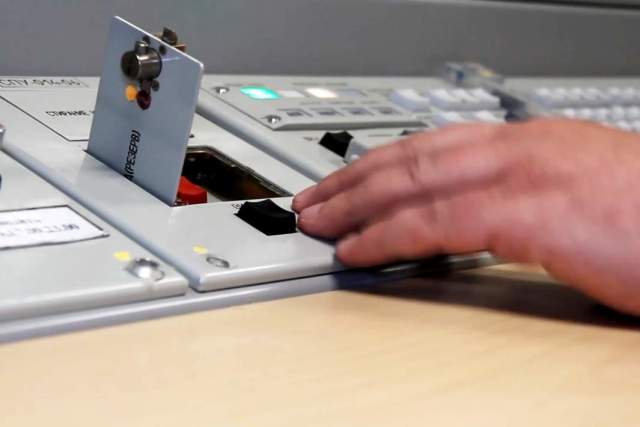
Photo: RIA Novosti/press service of the Ministry of Defense of the Russian Federation
Image source: iz.ru
What is the Yars nuclear deterrent missile
Yars is the basis of Russia's strategic forces, it is an important element of the nuclear triad, the nuclear deterrence system. It was a successful response to the deployment of a global missile defense system by the United States. The key quality of the complex is the ability to break through the enemy's missile defense.
The Yars complex was put into service in 2009, and a year later it went on combat duty. In 2014, the mobile "Yars-S" is being tested — sometimes it is called "Yars-Super". The rearmament of the Strategic Missile Forces with the latest missile systems continued until the end of 2022. On December 16, 2022, the commander-in-chief of the Strategic Missile Forces, Sergei Karakaev, announced the start of work in 2023 on the creation of a new mobile missile system.
The name "Yars" stands for "Nuclear Deterrence Missile", the missile system was developed by the Moscow Institute of Thermal Engineering under the leadership of Academician Yuri Solomonov on the basis of the Topol-M complex, but all the characteristics of the previous model were significantly improved.
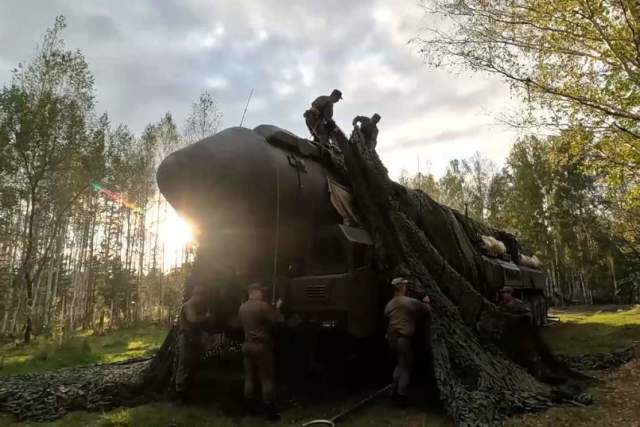
Yars nuclear missile system during the exercises
Image source: Photo: TASS/press service of the Ministry of Defense of the Russian Federation
The Yars mobile missile carries six small-class warheads (a thermonuclear charge with a capacity of more than 100 kilotons). That is, with one launch, the complex is able to cover six important targets at once on an area of hundreds and thousands of square kilometers at a range of up to 12 thousand km. The main advantage of the rocket is a short active flight section. Due to this, it is much more difficult to knock it down.
Yars is equipped with the most modern control system, which provides it with the highest accuracy and the possibility of using high-speed flooring trajectories. Almost the same warheads are carried by the Bulava naval missile, which was also created by the Moscow Institute of Thermal Engineering and which has a lot in common with Yars in design, fuel, control system, and combat equipment.
What is the Sineva submarine-launched ballistic missile
The Russian sea-based liquid-fueled ballistic missile Sineva was adopted by the Russian Navy in 2007, it is an upgraded version of the Soviet R-29RM complex. It is launched from the Dolphin Class 667BDRM strategic nuclear submarines. Each submarine can carry up to 16 missiles.
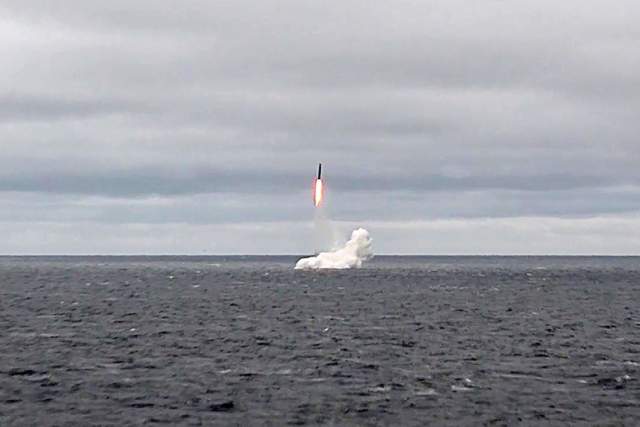
Launch of the Sineva ballistic missile from the Tula nuclear submarine
Image source: Photo: TASS/press service of the Ministry of Defense of the Russian Federation
The missile is part of Russia's nuclear triad and carries four thermonuclear warheads with a capacity of 500 kilotons each. The range of the missile, depending on the thrown weight, is 8.3–11.5 thousand km. According to the head of the Makeev State Rocket Center, Academician of the Russian Academy of Sciences Vladimir Degtyar, the Sineva missiles will be in service with the submarine until 2030.
The closest American analogue of the Sineva missile in terms of tactical characteristics is the Trident sea-based submarine-launched missile.
Maya Trepova
